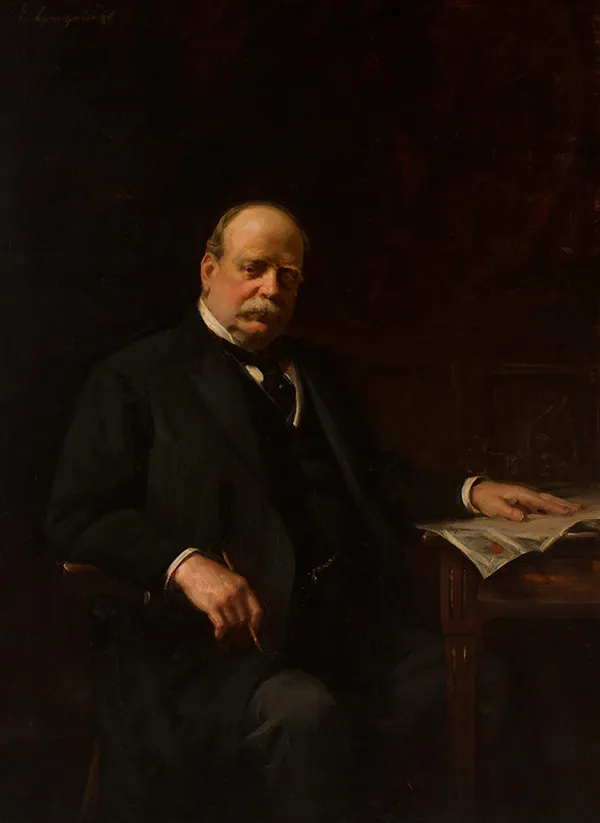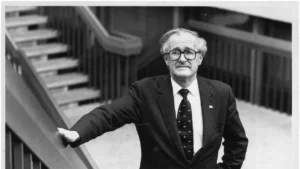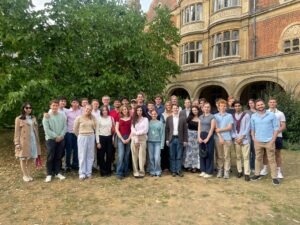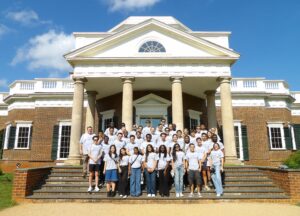“Markets are rarely perfect, but neither are government interventions.”
Just because an idea is old, tried, proven, and true, it does not mean that it will take hold. The time must be right for it too.
In 1935 Winston Churchill lamented the story of human beings failing to learn from the past, which he described as the “long, dismal catalogue of the fruitlessness of experience and the confirmed unteachability of mankind.” He was warning of the increasing threat posed by Nazi Germany, arguing that Britain should prepare for war if it wanted to deter Hitler and preserve peace.
Churchill was proved correct by 1939 when it finally became obvious to all that appeasement had failed. The correctness of his idea of peace through strength, learned from history, did not change. But the time became right for it to be taken up again.
The same could be said of the ‘dries’ in Australian politics.
In the last piece that I wrote in this Revive the Dries series, I explained what the dries ultimately accomplished:
They did the intellectual work and advocacy that set the foundation for the liberalising reforms of the 1980s and 1990s, when political instincts moved away from control and toward freedom. By removing their stranglehold on the economy – across labour markets, international trade, the financial system, and special favours for business – both the Labor and Liberal-National coalition parties unlocked an extraordinary period of economic growth and resilience.
It is sometimes thought that the wave of economic reforms which commenced under the Hawke government in the 1980s was simply part of a broader global moment. The Thatcher government in the United Kingdom (1979-1990) and the Reagan government in the United States (1981-1989) were undertaking similar reforms. Winding back government intervention and allowing citizens the “freedom to choose” had become popular once again.
But the debate between pro-market dries and pro-government intervention ‘wets’ has a deep history in Australia. The dries were not just importing economic policy ideas from overseas, as some may disingenuously argue.
In the decades before Federation in 1901, the colonies of New South Wales and Victoria pursued two different pathways for economic development. Free traders in New South Wales could be considered the intellectual grandparents of the dries, and protectionists in Victoria as those of the wets.
The former federal minister and author David Kemp has noted that, from the 1880s, the debate centred on the question of if “free trade was compatible with national strength, or whether only a nation at least partly closed to the world could achieve full national development and whether such a closure should embrace race as well as trade”.
Australia’s first federal election in 1901 was an important contest which would answer this question for the decades ahead. The protectionists (led by Melbourne’s Edmund Barton) won more seats in the House of Representatives than the free traders (led by Sydney’s George Reid) and formed a minority government with support from the Labour Party.1

George Reid was the leader of the Free Trade Party in the 1901 election, and could be considered an intellectual grandfather of the dries. Painting by John Campbell Longstaff (1916). Source: Historic Memorials Collection, Parliament House Art Collections, Parliament of Australia.
The journalist and author Paul Kelly has argued that this battle “was the first wet-dry contest in Australian national politics. It was a struggle not just over trade policy, but over competing visions of the new Commonwealth and whether its development would rest upon the principle of government intervention or that of individual enterprise.”
With the protectionist victory, the path was set for Australia’s development in the coming decades. By 1906, the Free Trade Party changed its name to the Anti-Socialist Party, and by 1909 they had fused with the Protectionist Party to create the original Liberal Party in Australia. Both the Labour and Liberal parties were protectionist, creating a closed system which would last for almost 80 years.
“The Australian political contest this century has not been about ideology – the system and its institutions – but rather about the terms and conditions on which they operate. It has been about the division of national income more than the generation of national income.”
Paul Kelly, The End of Certainty
“Australia’s economic problems are not new,” Kelly wrote in the early 1990s, “they are certainly not the result of the 1980s, the 1970s, or the 1960s. The malaise stretches back much further to the post-Federation Settlement. Australia’s economic problem is a ninety-year-old problem.”
For those who believed in free trade and that the proper role of government was more umpire than active participant, the decades between Federation and the Hawke government were long years without much headway. Government interference begets government interference; higher tariffs and other forms of trade protection were a precursor to wage-fixation and the regulation of prices and production.
The Australian economist Edward Shann (1884-1935), a staunch supporter of free trade, described the tangle that protectionism inevitably leads to. As he wrote in 1930:
In the politics of a protectionist country there is no ease. Having given certain industries an advantage in the home market, your protectionist is torn with anxiety that they will take advantage of the consumer. Hence his addiction to boards. Subconsciously aware that he has run a risk of high prices and slack service, he calls on a board of experts to guard against it. But his board, soon or late, advises him that the task is too complex. He gets rid of it, or reconstructs it, and the farce begins again. But the manufacturer or other candidate for advantage ignores these boards and makes straight for Parliament House.
What Shann politely calls candidates for advantage would later be simply called vested interests. Those who held onto free trade beliefs through these decades continued to make their arguments, often pointing out that those lobbying for special favours from government or for handouts did so at the expense of the Australian public.
“Markets are rarely perfect,” John Hyde later wrote, “but neither are government interventions… Dries asked whether market failure or government failure presented the bigger problems in particular cases.”
When the main members of the dries – John Hyde, Peter Shack, and Jim Carlton – came together in the late 1970s,2 they made this simple argument. It was an old argument, based on an old idea which can be traced back through their predecessor in parliament Bert Kelly (1912-1997), through economists such as Shann, through George Reid (1845-1918) and Henry Parkes (1815-1896), all the way back to Adam Smith (1723-1790) who made similar arguments some 200 years previously.
That Churchill quote I started with goes on to say that unwillingness to act on the lessons of the past prevails “until the emergency comes, until self-preservation strikes its jarring gong”.
The dries’ major success was in setting out the pathway forward as Australia’s economic gong was starting to ring out.
Cian Hussey is Mannkal’s John Hyde Visiting Fellow.
1 The Australian Labour Party dropped the ‘u’ in 1918.
2. Which will be the topic of the next article in this series.





